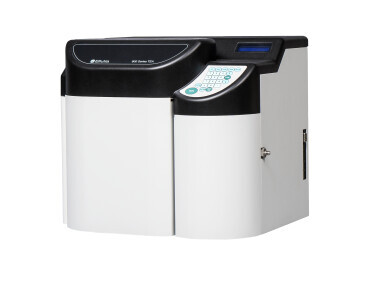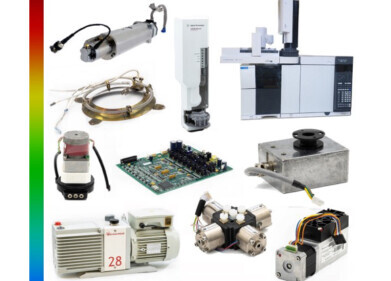Chromatography
Flexible Full-Featured GPC/SEC Software
Mar 15 2010
A new on-demand presentation from Viscotek introduces OmniSEC, the company’s highly flexible, powerful and easy-to-use software for gel permeation/size exclusion chromatography (GPC/SEC). With an intuitive user-friendly interface, and ground breaking features for both polymer and protein scientists, OmniSEC supports not only all the detectors in the Viscotek range, but also those from other suppliers. GPC/SEC systems are routinely configured with a range of different detectors to accurately characterise eluting size fractionated samples. OmniSEC supports all of the commonly used analysis methodologies and offers an extensive range of detector and calculations options. Ground-breaking features include: an advanced polymer branching view; a protein method that enables the calculation of molecular weight without prior knowledge of refractive index increment (dn/dc) or concentration; a variable dn/dc correction for precise measurement at low molecular weight; and asymmetric band broadening correction for more accurate molecular weight distribution determination.
Analysis is streamlined by, for example, a unique proprietary algorithm that automatically determines an accurate and consistent baseline, and tools that make building a column calibration straightforward and intuitive. The interface for OmniSEC will be familiar to anyone using Windows office applications but the results reporting capabilities extend well beyond the standard graphs and charts found in typical scientific software. Those using OmniSEC with a PDA can access a unique view of the data: an animated 3D graphic that assists with data interpretation.
The multi-detector support capabilities of the software extend to all refractive index, selective wavelength UV, both right angle and low angle light scattering (RALS/LALS) and photodiode array (PDA) detectors, and viscometers, from the Viscotek range. Other external detectors can be integrated via the OmniFACE interface. Where RALS and LALS detectors are both configured the software automatically chooses optimal data for the application, RALS being a better option for measuring smaller molecules, such as proteins, while LALS is preferred for larger molecules.
Digital Edition
Lab Asia 31.2 April 2024
April 2024
In This Edition Chromatography Articles - Approaches to troubleshooting an SPE method for the analysis of oligonucleotides (pt i) - High-precision liquid flow processes demand full fluidic c...
View all digital editions
Events
May 05 2024 Seville, Spain
InformEx Zone at CPhl North America
May 07 2024 Pennsylvania, PA, USA
May 14 2024 Oklahoma City, OK, USA
May 15 2024 Birmingham, UK
May 21 2024 Lagos, Nigeria











.jpg)






